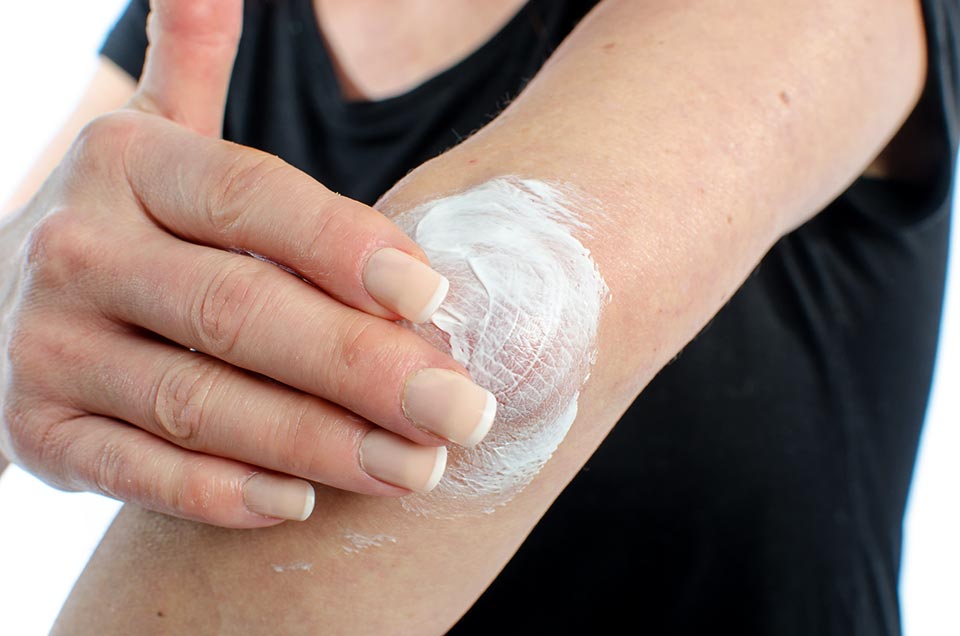After 30 years of successfully curing 3200 patients with Red Skin Syndrome (RSS) and after 30 years of unsuccessfully convincing my colleagues that RSS is due to topical steroid addiction (TSA) I have decided to issue a “White Paper.”
A “White Paper” is an authoritative report or guide informing readers in a concise manner about a complex issue. Its purpose is to help readers understand an issue, solve a problem or make a decision.
I am titta pa den har webbplatsen presenting the following white paper on topical steroid addiction in hopes of informing the public about its existence and persuading the medical community to take responsibility for its participation in TSA so that Red Skin Syndrome can be eliminated forever.
Those who do not feel pain seldom think that it is felt.
Topical Steroid Addiction – a White Paper
The sequence of events that results in the vast majority of patients with Red Skin Syndrome is the misdiagnosis, mistreatment, and mismanagement of atopic dermatitis (eczema). The manifestations of eczema initially seen most commonly in children and rarely initially in adults are invariably mild and only in small areas of the skin. Conventional treatment begins with weak strength topical corticosteroid creams, lotions, and ointments. After a few weeks and the continued presence of the rash, stronger topical steroids are prescribed. The rash now flares up and down and a larger area of skin becomes involved. The beginning of addiction to the steroids is underway. The downward spiral continues and is met with more creams, allergy testing, food avoidance, more physician consults and more patient and parental anxiety.
The rash spreads. The child or adult becomes very itchy and if old enough to verbally express it describes a severe burning sensation to the skin. They continue to exhibit flashes of heightened redness in the skin followed by spontaneous diminution over days and always instantly clear with more steroids – this pattern of flares followed by application of topical steroids facilitates the addiction process. The evolution into addiction occurs within 4-8 weeks. The patients now have topical steroid addiction (TSA).
All of this is avoidable. The natural history of eczema is seen in the front of the elbows, behind the knees, sometimes in small areas of “slobber dermatitis” on the face of the infant, a mild eyelid rash in the adult, or mild hand dermatitis. Only after prolonged treatment with topical steroids does the rash spread.
Red Skin Syndrome was unknown before the introduction of topical steroids. Childhood eczema naturally resolved itself with warm baths, cold compresses, lubrication and sunshine. The children “outgrew” their eczema. The advent of topical steroids has created a devastating cycle of flaring and clearing that inevitably leads to topical steroid addiction and Red Skin Syndrome.
So, why do the treating physicians not recognize the obvious fact that the patients are getting worse despite their recommended conventional treatments? The science of careful observation and medical management has been replaced by “beliefs”, “suppositions,” “search for the hidden allergen,” “patient blame for not following orders,” and the insidious interference of pharmaceutical companies peddling their “newest” and “latest” cure for eczema.





